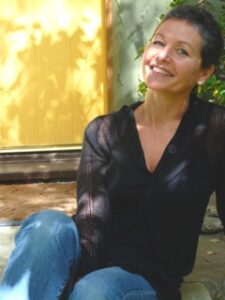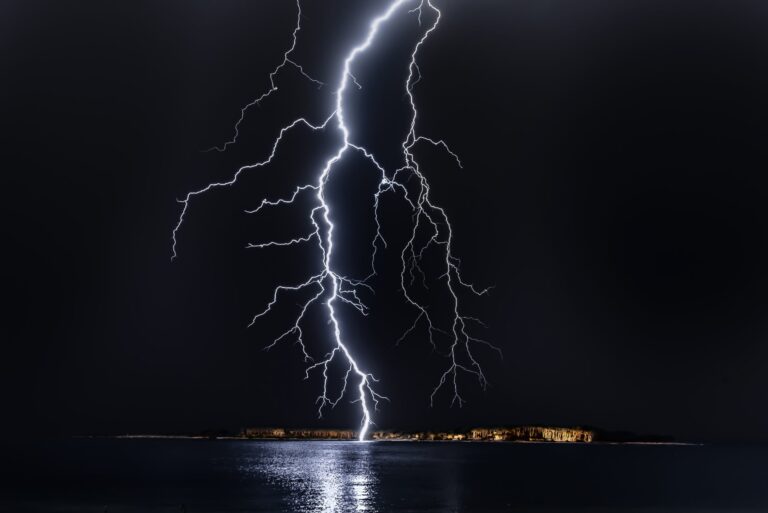Exercising Your Craft: 3 Writers Who Get Physical
I have a writer friend whose employment info on her Facebook profile always makes me laugh. Under “Position,” she wryly reports “Hunched Over a Desk.”
Treadmill desks and Hemingway-style standing aside, most writers spend a lot of time sitting. We’re exhorted to with quotes like this one from Mary Heaton Vorse: “The art of writing is the art of applying the seat of the pants to the seat of the chair.” (Or maybe just with the modern-day, abbreviated version: “Get your butt in the chair and write.”) Personally, I do some of my best work in an even more sedentary position: reclining with my laptop in the lazy comfort of my own bed.
But getting out of the chair (or futon) can be pretty great for your writing too. Sports, dance, or even just a brisk walk through the neighborhood can provide the perfect antidote to “writer’s hunch.” And there’s something in the rhythm and fluidity of physical movement that can dissolve the stubbornest of mental blocks.
My story: I was never much into sports as a kid or teenager, but I took up running in my early thirties, around the same time I started working on my novel. Short runs in Central Park during the early days of sketching scenes soon turned into longer distances. I eventually began signing up for marathons, which I trained for while pacing-out and enduring multiple manuscript drafts. I’ve completed eight marathons at the time of writing (and, if all goes well, by the time this post is published, I’ll have just finished my ninth: Berlin on September 29th). I often wish it were the other way round: nine novels and one marathon. But, hey, you do what you can do.
I credit running with lending structure to my writing sessions, building discipline and mental stamina, and giving me the physical means to limber up my mind. I wondered whether it was the same for writers who rely on other forms of physical activity, so I asked a few: a classically trained dancer, a certified yoga instructor, and a former lifeguard. Here’s what they said.
Vanessa Manko, author of the novel The Invention of Exile (forthcoming from The Penguin Press, May 2014), is a classically trained dancer and former dance editor of the Brooklyn Rail.
“I didn’t know it at the time, but my classical ballet training was excellent preparation for my development as a writer. The daily technique classes, structured as they are around a repetitive series of exercises designed to build stamina, improve articulation, and teach pacing, rhythm, and style—as well as how to dance without unnecessary affectation—are skills that transfer well when applied to writing. But I think it was the habit of the daily regimen, the discipline of ballet, that has continued to help me the most with my writing. Ballet taught me at an early age that improvement and skill come with practice and repetition—and, for me, writing is all about repetition and rewriting and finding the right place to put a word in a sentence. It’s very similar to working on a particular piece of choreography.”

Beth Hahn is a certified yoga teacher, who recently signed with an agent for her debut novel, The Singing Bone—which, I might add, she wrote in six (yes, six!) months.
“In yoga, we rarely say, “I do yoga,” instead we say: “I practice yoga.” The implication, of course, is that the work is never complete. It’s how I’ve started to think about writing, too. I practice writing. My words cannot be as perfect as I want, and no story is ever as complete I’d like, but if I devote myself to the craft—if I practice writing, just as I practice yoga—my work becomes stronger, my voice more graceful, my words more agile.
“If I’ve had a vigorous practice, savasana, or corpse pose, can be beautifully bright and visual. When I close my eyes, a scene unfolds: an ending to a story, maybe. Watching, I think: “Oh that’s it. Of course.” Or I follow a character through the woods or down a street, wondering where she is going as she cuts through a backyard or climbs over a fence. In savasana, we are taught to let go, to surrender. I often see it as a chance to surrender to my work—to become a passive observer of my own imagination.”
Elizabeth Rosner is the author of the novels The Speed of Light, Blue Nude, and Electric City (forthcoming from Counterpoint Press, Fall 2014), as well as the poetry collection, Gravity. A dedicated swimmer, Elizabeth worked as a lifeguard when she was an undergrad at Stanford.
“If I had a Native American name it would be Swims With Words. In pools, ponds, lakes and oceans, I enter a trance just like the one I experience while writing—as though floating sets me free to imagine and listen, invent and explore. I’ve untangled plot lines mid-stroke, composed stanzas while indulging in the simple music of inhale and exhale. In the deep blue-green of South Pond, VT, I turned onto my back and stared at the sky, discovering the phrase that would reverberate throughout my second novel: “Begin again.” Buoyancy reminds me to worry less and trust more. The book will be completed, the story will cohere, the language will sing.”



